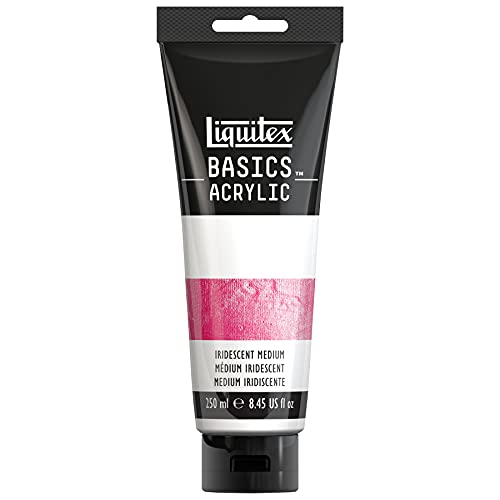Canvas treatments, the processes of preparing and enhancing the canvas surface, play a pivotal role in the world of art. These treatments can significantly impact the appearance, durability, and archival quality of an artwork. In this article, we will delve into the world of canvas treatments for art, exploring their historical significance, the various techniques involved, and the importance they hold in preserving and enhancing artistic creations.
A Historical Perspective
The use of canvas as a painting surface dates back to ancient times, with early examples found in ancient Egypt and Rome. However, it was during the Renaissance in Europe that canvas became a prominent choice for artists. Canvas offered several advantages over traditional wood panels, including portability, flexibility, and the ability to create larger artworks.
Canvas treatments have a long history, evolving to meet the needs of artists throughout the ages. Early canvas treatments involved applying sizing materials like rabbit skin glue to seal the fabric and prepare it for paint. Today, canvas treatments have expanded to include various priming techniques, protective coatings, and conservation methods.
Types of Canvas Treatments
Canvas treatments encompass a wide range of techniques and processes, each serving specific purposes:
Canvas Priming: Priming involves applying a layer of ground or primer to the canvas surface. This layer creates a smooth, even, and absorbent surface for paint application. Gesso, a mixture of pigment, binder, and filler, is a commonly used primer.
Sizing: Sizing is the application of a protective layer, often made from animal glue, to seal the canvas fibers and prevent paint from soaking into the fabric. Sizing is crucial to ensure paint adhesion and archival quality.
Stretcher Bars: Properly stretching the canvas over wooden stretcher bars ensures the canvas remains taut and free of wrinkles or sagging. This step is essential for a stable painting surface.
Surface Preparation: Artists can further prepare the canvas surface by sanding, smoothing, or texturing it according to their desired effect. This step allows for additional creativity and control in the painting process.
Varnishing: Varnishing is the application of a protective, transparent coating over a finished painting. It enhances the vibrancy of colors, provides a uniform sheen, and offers protection against dust, dirt, and UV damage.
Importance in Art Conservation
Canvas treatments also play a crucial role in art conservation:
Preservation: Proper canvas treatments can enhance the longevity of artworks by protecting them from environmental factors, such as humidity, temperature fluctuations, and dust.
Restoration: Canvas treatments are essential in art restoration, as conservators often need to repair damaged canvases, remove discolored varnishes, or reapply priming layers to restore artworks to their original condition.
Aesthetic Enhancements: Certain canvas treatments, such as varnishing, can enhance the visual appearance of a painting by intensifying colors and providing a consistent surface sheen.
Preventing Deterioration: Canvas treatments can safeguard artworks from deterioration due to factors like cracking, flaking, or mold growth.
Artistic Expression
Canvas treatments also offer artists a means of creative expression:
Texture and Surface: Artists can manipulate the canvas surface through priming and preparation techniques to create unique textures, enhancing the tactile and visual aspects of their artwork.
Color and Opacity: Some primers can influence the color and opacity of subsequent paint layers, allowing artists to experiment with unique color effects.
Customization: Canvas treatments allow artists to customize the canvas to their preferences, whether they desire a smooth, absorbent surface or a textured, expressive one.
Canvas treatments for art are more than just preparatory steps; they are an integral part of the artistic process, influencing both the aesthetic and archival aspects of an artwork. Artists and conservators alike rely on these treatments to preserve, enhance, and protect works of art for generations to come.
As artists select their canvas treatments, they embark on a journey of creative expression and preservation. Each treatment choice influences the final appearance, texture, and durability of the artwork, adding depth to the artist's vision. In the world of art, canvas treatments are not merely technicalities; they are essential tools that bridge the gap between the artist's imagination and the tangible creation. They are a testament to the dedication of artists and conservators in preserving the beauty and longevity of artistic treasures.
